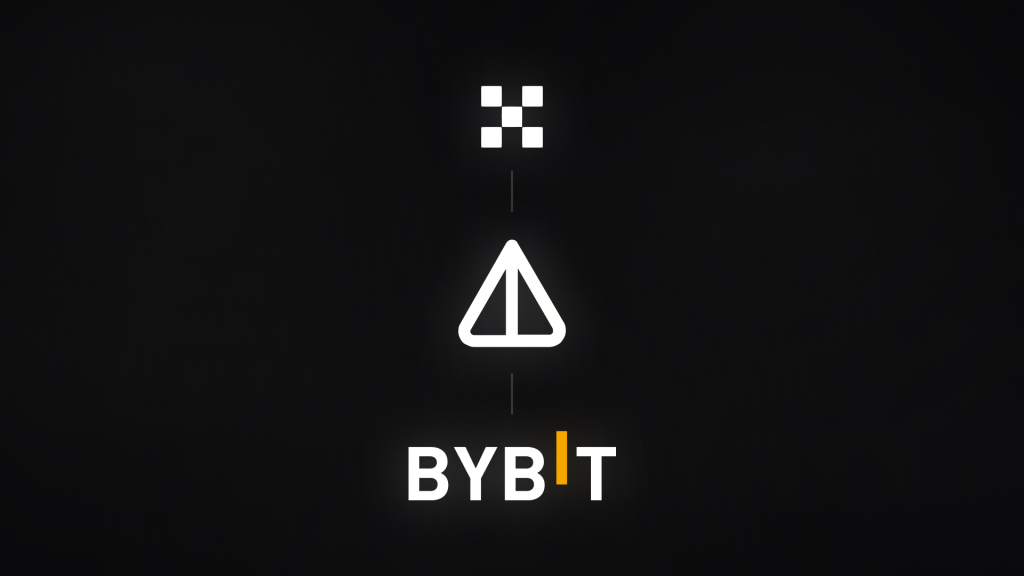The Bitcoin halving, often referred to as “the halvening,” is a significant event in the world of cryptocurrencies. It is a process that occurs roughly every four years, and it has a profound impact on the Bitcoin network and the cryptocurrency market as a whole. In this article, we will explore the concept of Bitcoin halving, its significance, and how it affects the world’s most popular cryptocurrency.
What is Bitcoin Halving?
Bitcoin halving is a pre-programmed event designed to reduce the rate at which new bitcoins are created. This process takes place approximately every 210,000 blocks, or roughly every four years. The main purpose of the halving is to control the inflation of the Bitcoin supply and to ensure that only 21 million bitcoins will ever be mined, a limit set by Bitcoin’s creator, Satoshi Nakamoto.
The Mechanism of Bitcoin Halving
- Bitcoin Mining
To understand the halving process, it’s essential to grasp the basics of Bitcoin mining. Miners are individuals or entities who use powerful computers to solve complex mathematical puzzles, known as proof-of-work. This process secures the Bitcoin network and verifies transactions.
- Block Rewards
Miners are rewarded for their efforts with new bitcoins and transaction fees. When Bitcoin was first created, miners received 50 bitcoins for every block they mined. The first halving event in 2012 reduced this reward to 25 bitcoins, and the subsequent halving in 2016 further reduced it to 12.5 bitcoins. The most recent halving in 2020 reduced the reward to 6.25 bitcoins.
- Halving Effect
When a halving event occurs, the number of new bitcoins created per block is cut in half. This reduction in block rewards has a significant impact on the overall supply of bitcoins, ultimately decreasing the rate at which new bitcoins are introduced into circulation.

The Impacts of Bitcoin Halving
- Supply and Demand
The reduction in the rate of new bitcoin creation leads to decreased supply. As the laws of supply and demand dictate, a limited supply with a consistent or increasing demand tends to drive up the price of Bitcoin. Historically, Bitcoin’s price has surged after each halving event, making it an attractive investment for many.
- Mining Industry
Bitcoin mining is a competitive and energy-intensive process. With reduced block rewards, miners may face lower profits, leading to increased competition and operational challenges. Only the most efficient miners can thrive in this environment.
- Market Sentiment
Bitcoin halving events often generate significant media attention and speculation. This heightened awareness can lead to increased interest and investment in Bitcoin, further driving up its price. The market sentiment plays a crucial role in the post-halving price dynamics.
Conclusion
In summary, Bitcoin halving is a fundamental aspect of the cryptocurrency’s design, aimed at controlling its supply and ensuring scarcity. The halving events have historically led to significant price increases and increased market interest. Understanding the mechanics and implications of the Bitcoin halving is essential for anyone involved in the cryptocurrency space. As the next halving approaches, the cryptocurrency community eagerly awaits the potential impacts on the market and Bitcoin’s price, keeping an eye on this unique phenomenon in the world of finance.
Whether you are a cryptocurrency enthusiast or a curious investor, the Bitcoin halving is an event that should not be overlooked, as it continues to shape the future of the digital currency and its place in the broader financial landscape. Stay tuned for the next Bitcoin halving and the exciting developments it may bring to the world of cryptocurrencies.





